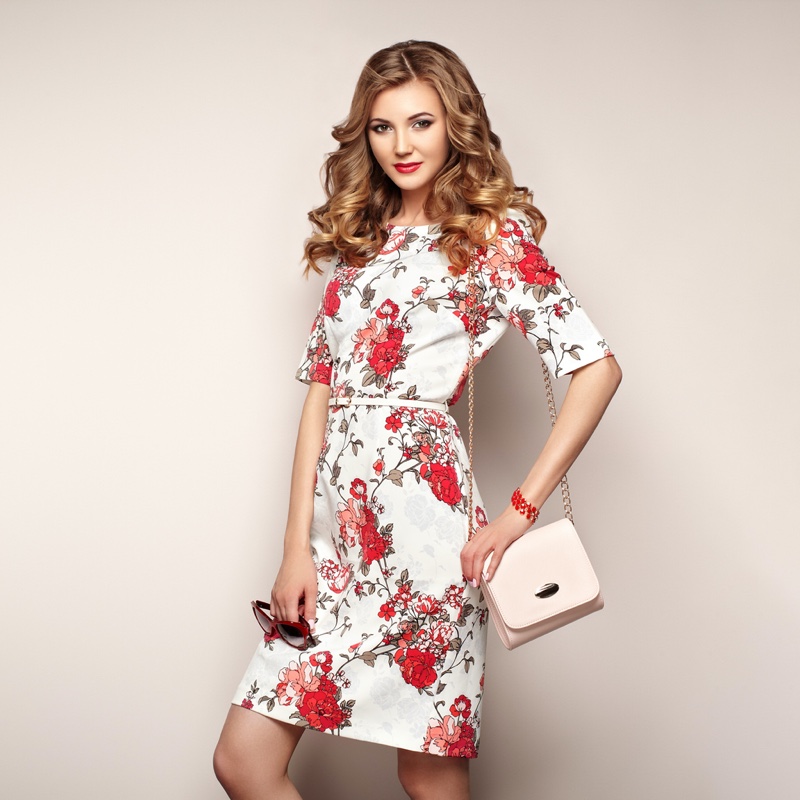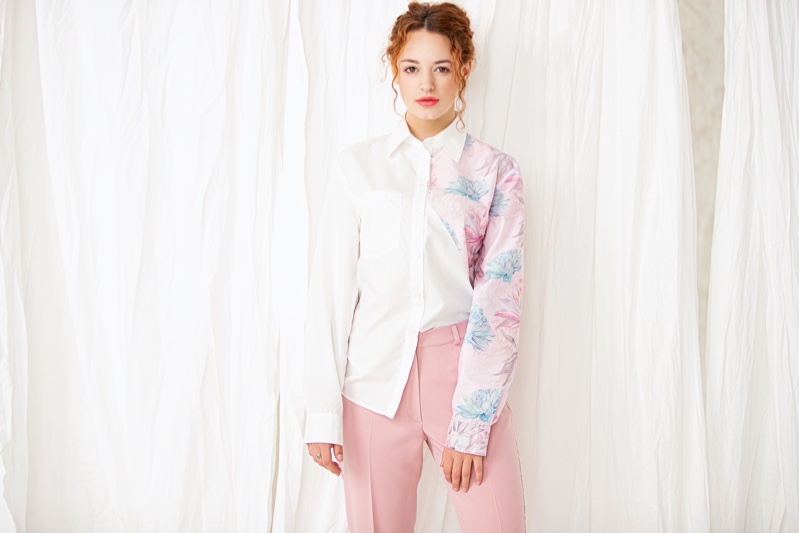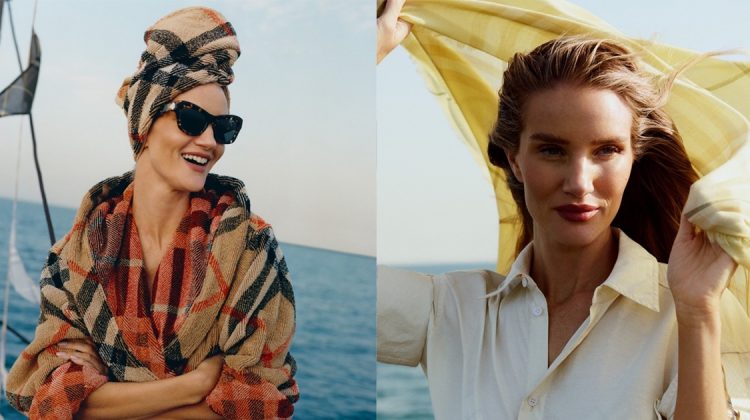
For centuries, fashion has been a form of art that expresses creativity and individuality. As styles evolve, new techniques for creating garments have become more innovative. One such technique is screen printing, which has revolutionized the fashion industry recently.
Screen printing involves transferring an image onto fabric or other materials using a mesh screen and ink. This printing method offers unique advantages and is quickly becoming popular among fashion designers.
Overview of Screen Printing & How It Has Revolutionized the Fashion Industry

Screen printing has been a pivotal force in transforming the landscape of the fashion industry. This innovative technique, which involves applying unique ink designs to fabric through a mesh screen, has opened up endless opportunities for designers and artists alike.
As a result, an incredible array of intricate patterns and vibrant colors can now be seen emblazoned on various garments, from custom-made T-shirts to high-fashion pieces. The remarkable flexibility of screen printing allows for efficient mass production. It enables the creation of unique designs that defy traditional limitations.
Additionally, advancements in eco-friendly inks and sustainable practices have enabled the industry to remain conscious of its environmental impact. This printing has revolutionized the fashion world, propelling an age in which creativity and individualism can shine in our clothes.
History of Screen Printing in Fashion Design

The art and technique of screen printing have made an indelible mark on the world of fashion design, dating back to its inception in ancient China over a millennium ago. What began as a means of expressing culture and relaying stories on silk garments using easily accessible materials like stencils and ink later became a vital component of modern-day clothing production.
As the technique gradually spread to other parts of the world, such as Japan and Europe, technological advancements allowed intricate patterns and vibrant colors to be imprinted on fabric like never before. This evolution drew the attention of many visionary designers, including Andy Warhol and Yves Saint Laurent, whose use of screen printing in their creations highlighted its potential as a boundary-pushing art form.
Today, screen printing remains a powerful tool for designers, allowing them the freedom to experiment with bold graphics, unconventional materials, and innovative applications on various textiles. As the fashion industry grows and changes, this type of printing will remain an integral part of its vibrant history and bright future.
How You Can Use Screen Printing for Your Fashion Business

This type of printing offers an incredible opportunity for entrepreneurs looking to make their mark in the fashion industry. By incorporating screen printing techniques into your business strategy, you can create unique, eye-catching garments to set your brand apart.
This versatile process allows you to experiment with various design elements, such as bold graphics, intricate patterns, and vibrant colors, ensuring that your apparel reflects your creative vision. Screen printing is also cost-effective and well-suited for mass production.
It is ideal for scaling your business to reach wider audiences. Embracing this type of printing as a tool fosters your artistic expression. It cultivates a loyal customer base that appreciates your distinctive style and high-quality designs.
Final Words
The art of screen printing has forever changed the landscape of fashion design. With its remarkable flexibility, eco-friendly inks, and limitless creative potential, this innovative process has allowed designers to explore new realms of expression.
Not only have advancements in technology made it possible for intricate patterns and vibrant colors to be imprinted on fabric, but they have also opened the door for entrepreneurs to make their mark in the industry. As screen printing continues to evolve, fashion designers and entrepreneurs alike will undoubtedly continue to reap its many benefits.
Ultimately, it’s safe to say that this type of printing is here to stay, revolutionizing how we create and wear clothes for years to come.





